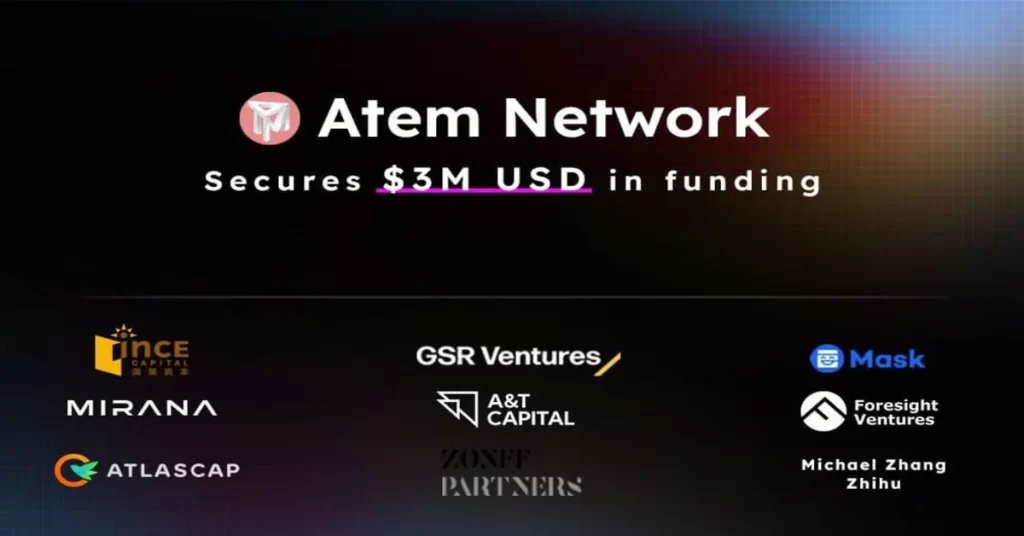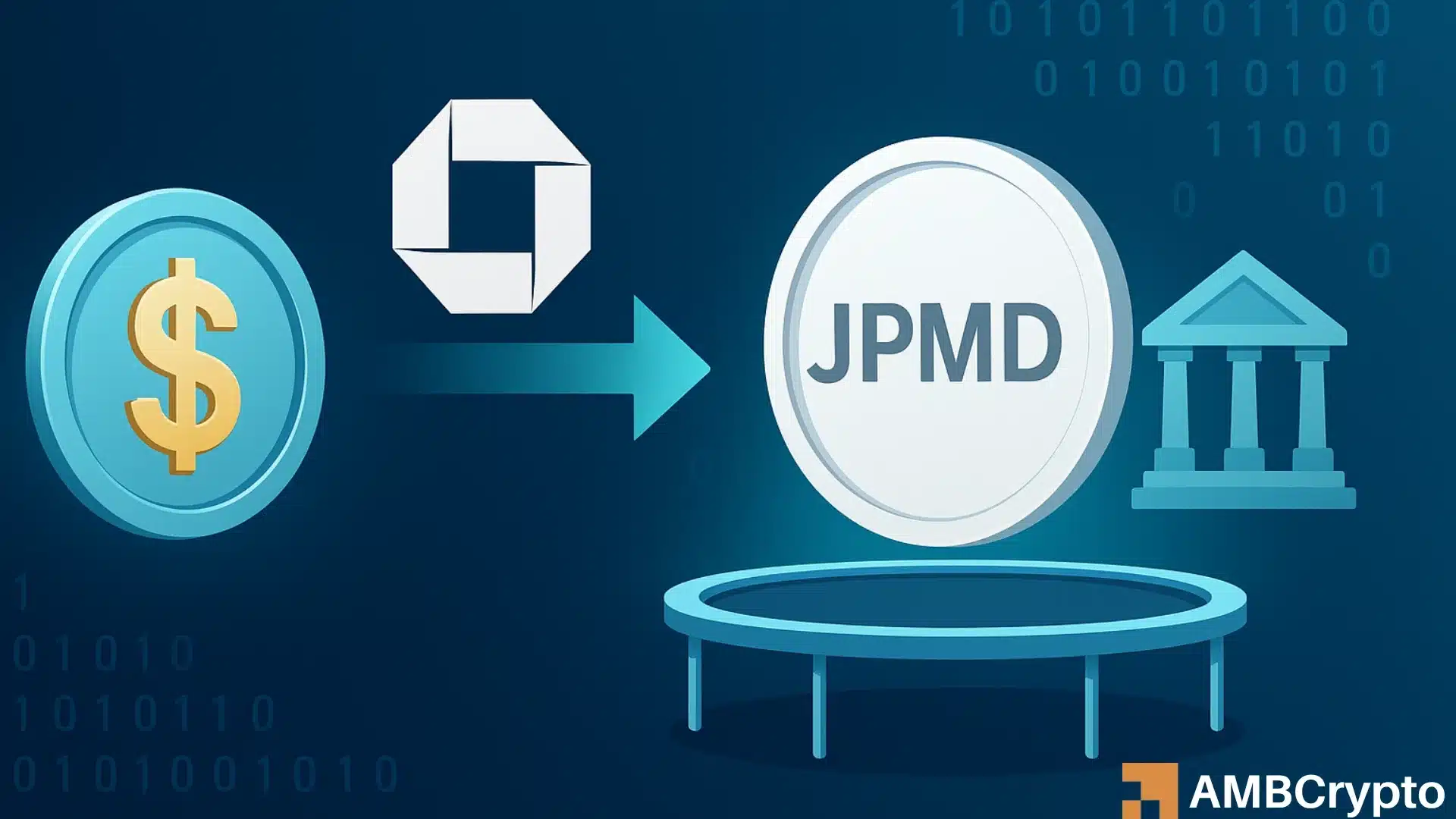
The post How Atem Is Changing Online Engagement Ahead Of Web3 appeared first on Coinpedia - Fintech & Cryptocurreny News Media| Crypto Guide
The importance of social media among today’s consumers cannot be understated. It is the means through which many of us connect with loved ones, meet new people, learn about the world, and even find new opportunities.
Truth be told, the world is more social than ever before.
At the same time, the benefits that we enjoy from social media are not without a price. While most social media apps are free to use, there is a catch, which comes in form of users’ data.
As several studies, as well as scandals like Cambridge Analytica, have shown, user data is not always secure in the hands of big tech firms.
More likely than not, the data is being mishandled and even sold. Now, it seems consumers are on their way to enjoying the benefits of social media without compromising on their privacy thanks to new blockchain-based initiatives such as Atem.
Unveiling Atem
The goal of Atem is to bring all the benefits of social interactions and communities to the masses while leveraging two of the most powerful technological innovations of the last decade: blockchain and Web3.
Blockchain has already established itself as a privacy-centric technology over the years and one of Web3’s biggest selling points is that it allows for more control on the part of the users.
These are concepts that Atem is tapping into with its slew of features.
First, Atem gives users full control of their own data, thanks to its decentralized nature. As a social network, Atem users can chat, trade, and govern amongst themselves while maintaining this control.
At the centre of this operation are digital tokens and NFTs and they are the means through which people can find their communities.
Groups are automatically created based on shared digital assets among consumers and when these groups are formed, users can create dedicated channels by personal invitation and others may join by using the search function.
This setup saves users the time of finding like-minded people to interact with. The Atem network also allows people to transfer their digital assets easily through the chat function.
Usually, if two users agreed to trade an NFT through a chat, they would need to sign up on an independent platform to trade.
Using Atem, users can send cryptos, NFTs, and other digital assets to themselves from within the chat, saving both time and effort.
Emojis can also be accessed by users based on the digital assets that they already own and not only does this contribute to the social aspect of Atem but also helps users find community among each other as well.
Atem is also looking into the potential for creating user portraits with the use of on-chain data. In this case, a user portrait layer will be created for every address based on the categorization of the addressed via its previous activity.
One of the core features of Atem is that users will be able to make decisions about the running of the ecosystem via decentralized governance.
As opposed to traditional social media platforms where users have limited say in what happens, Atem prioritizes user control and democracy.
The process of user verification is simply the connection of the Atem account to the user wallet. As such, identity can be created without traditional registration and without any other type of data collected.
The messages that are transmitted across the Atem network are encrypted in the short term and are stored on private blockchains in the long term.
The New Face of Social Media
For many of us, the loss of privacy and control is the price that we pay for using social media. Atem poses the question of whether we can enjoy social media while still remaining private and in control of our data.
With blockchain and Web3, it seems that we can. Atem has managed to bring in many of the things we love about social media such as community and engagement and infuse them with the privacy-centric benefits of new technology.
With Web3 on its way to becoming a bigger part of our world, we will soon see a social media landscape that is more privacy-protecting, democratic and healthier.

 3 years ago
201
3 years ago
201














 English (US) ·
English (US) ·